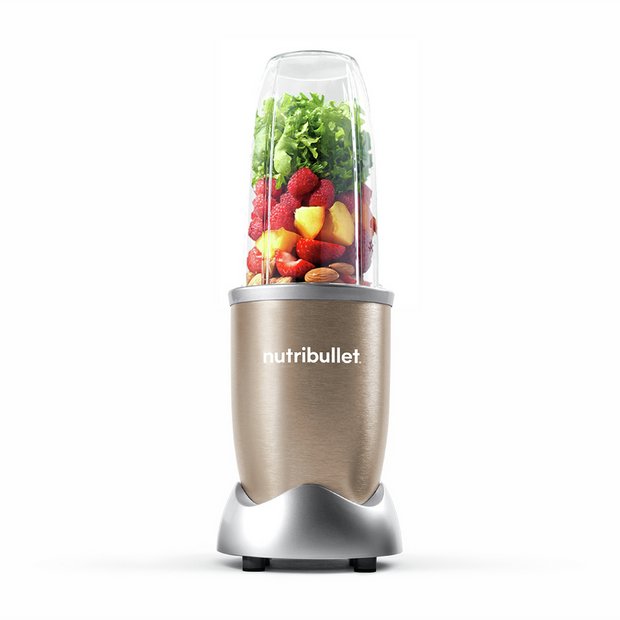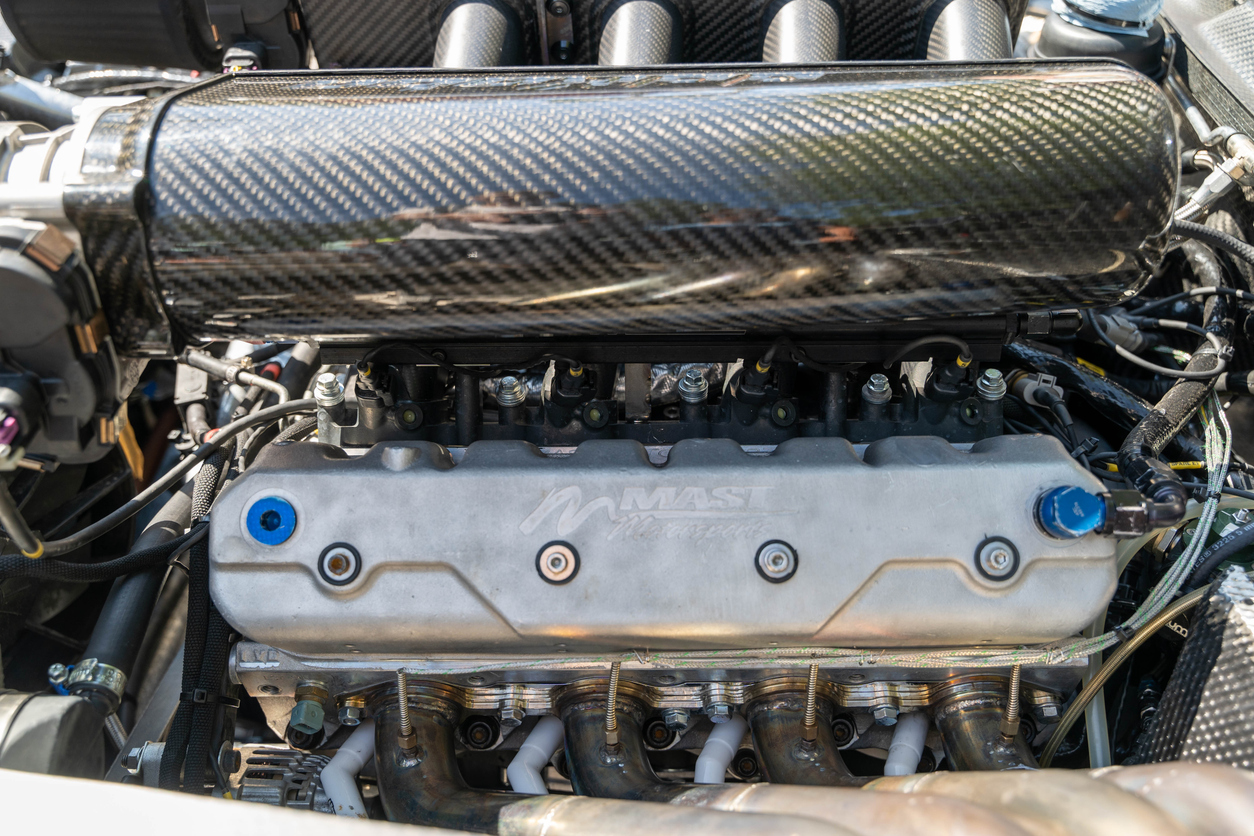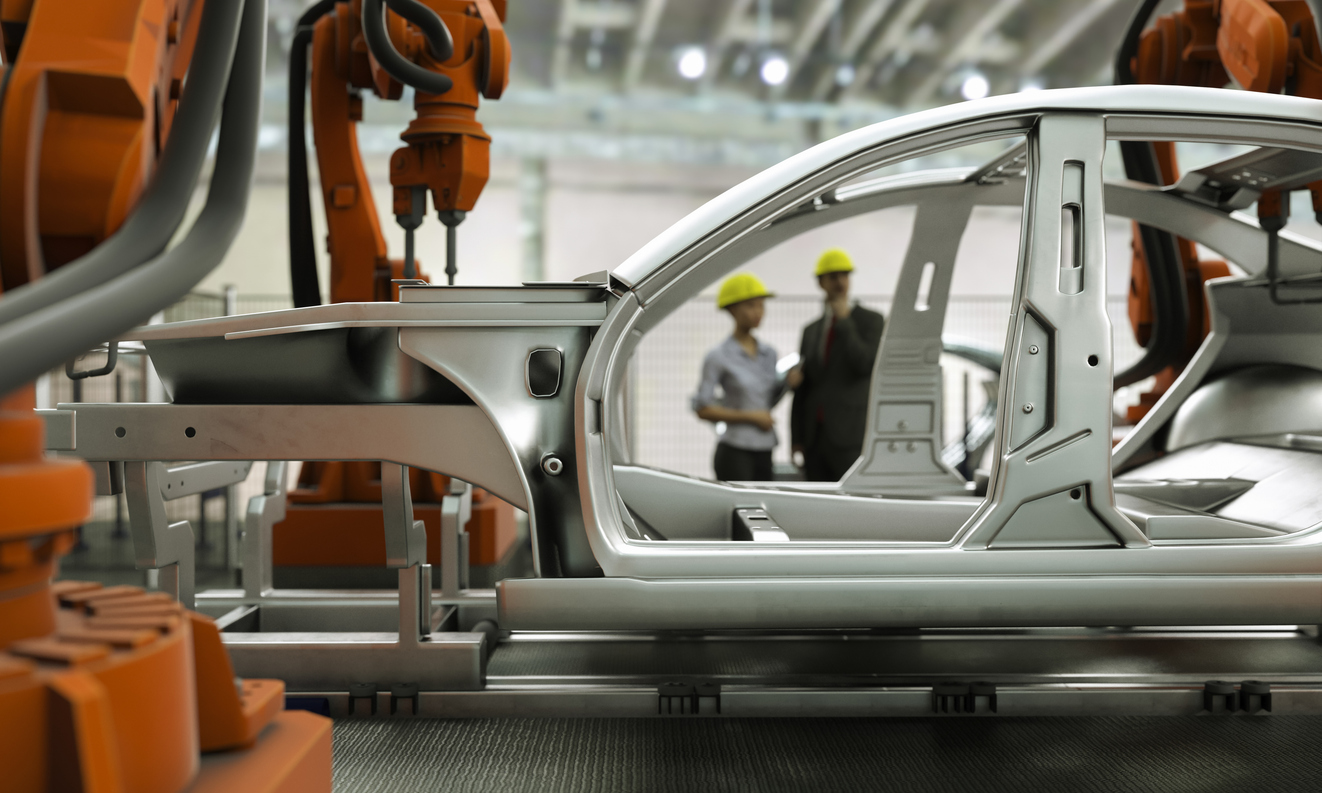Nutribullet: What You Need to Know Before Buying One
Nutribullet: What You Need to Know Before Buying One
If you’re looking for a simple and convenient appliance to help you with your weight loss goals, then a manual or electric juicer is probably not your best bet. That being said, manual and electric juicers do come in different types. Some are much simpler than others, which means it’s important to know what you’re getting before making your purchase. We’ve compiled some information on the various types of juicers to help you make an informed decision if one of these appliances is right for you.
What is a Juicer?
A juicer is a kitchen appliance designed to extract the juice out of fruits and vegetables. They come in a wide range of models, with various types and features, which can vary greatly between brands. In this article, we will focus on the top 3 best-selling models and provide a comprehensive buying guide to help you choose the right one for your needs. If you’re new to the world of juicing, you may be wondering what exactly a juicer is, and why it’s so important to incorporate more fruit and vegetable intake into your daily diet. A juicer extracts the juice from fruits and vegetables through a process called “crushing” which breaks down the cell walls of the produce. This releases more nutrients, making it easier for your body to absorb.
Types of Juicers
– Centrifugal – The most common type of juicer. They use a rapidly rotating auger to separate the juice from the pulp, which is then collected in a separate bowl. These juicers are affordable and very simple to use, and most models are able to make a wide variety of different juices. They are also quiet, which some people prefer because they don’t make a lot of noise while they work. They are, however, less efficient at juicing leafy greens like kale and wheatgrass. – Masticating – Masticating juicers exert high pressure and low temperature on the produce to extract the most juice from it. They do this by pressing the produce against a tightly woven mesh sieve called a “ screen” (with the result being a very pale, almost milky juice). They are usually quieter than centrifugal models and are better suited to juicing leafy greens like kale, wheatgrass, and spinach. They are, however, much more expensive than centrifugal models. – Soft-Start – In some juicers, the motor is able to generate a low amount of power before gradually increasing the force. This helps to prevent the juicer from blowing a fuse or burning out a fuse in the motor. Soft-Start is mostly found on low-cost juicers and less expensive brands, so it’s something you may want to look for when shopping.
How a Juicer Works?
Juicers break down the structure of produce with a spinning auger that crushes and squeezes the produce. The juice is then pushed through a plastic or metal sieve that removes the pulp. Centrifugal vs. Masticating Juicers – Centrifugal juicers operate by forcing the produce against a rapidly rotating auger. This pushes the juice through the sieve and collects the pulp in a separate bowl. Masticating Juicers, on the other hand, use a low-pressure mechanism to squeeze the produce against a screen with very little force. This means that little to no pulp is left in the juice, resulting in a much more nutrient-dense juice. Pulp Removal – The type of pulp removal also determines which type of juicer you get. Centrifugal juicers remove almost all the pulp, while masticating juicers leave some behind, resulting in a more nutrient-dense juice. PulpFree – Another feature to look out for is “pulpfree”. This tells you if the juicer comes with a filter that lets you remove the pulp from the juice.
To Make the Best Juices, Know the Differences Between Manual and Automatic
Manual juicers are a good starter appliance because they are very easy to use and clean. You simply press the fruits or vegetables against a mesh strainer to extract the juice. An automatic juicer, however, is designed to make juicing easy. It also comes with various features that can help you make the best juices with the least amount of effort. Ease of Use – Centrifugal juicers are very straightforward and easy to use. You just load the produce into the auger, push the button and wait for the juicer to do its work. Masticating juicers, on the other hand, are much more complicated to operate. They need to be assembled and disassembled before use, and you also need to watch out for potential damage occurring to the auger. Efficiency – Most juicers will claim to be very efficient. This means that they extract the most juice from your produce, which also means they will use the least amount of produce while juicing. In order to measure this, the EPA has established a rating system: – Centrifugal juicers have an efficiency rating of 97-99% – Masticating juicers have an efficiency rating of 90-94% – Soft-Start juicers have an efficiency rating of 87-89% Ease of Cleaning – All juicers come with a cleaning function that helps you to clean out the juicer after use. Centrifugal juicers are very straightforward and easy to clean. All you need to do is disassemble them and rinse out the juicing components in the sink. Masticating juicers are a little more complicated to clean. You need to disassemble them, soak them in a cleaning solution for a few minutes, rinse them thoroughly and hang them up to dry.
An Automatic Juicer, or a Continuous Juicer, is the Best Choice
While manual juicers are great for first-time juicers, they can be very time-consuming and frustrating to use. They can also be messy to clean. An automatic juicer, on the other hand, is designed with ease-of-use and cleanliness in mind. They usually come with a cleaning brush, making it much easier to keep your juicer sparkling clean. Best Juicer Reviews – These are the most popular types of home juicers, and each one has its benefits and drawbacks. – Cuisinart CJE-1000 – A low-priced, no-frills masticating juicer, the Cuisinart is good for beginners because it’s very easy to use and doesn’t require much cleaning. – Omega J8004 – This is one of the best-selling models on the market because it extracts juice very efficiently and has a low profile, making it ideal for small kitchens. – Breville BJE200XL – An upgraded version of the best-selling Breville juicer, the BJE200XL is a centrifugal model with a powerful 500-watt motor. – Hurom HBR-16 – This is the smallest and quietest model on the market, and it’s also one of the most efficient.
Final Words: Should You Buy a Juicer?
While juicers are very convenient and easy to use, they are not necessary for long-term weight loss. A better way to incorporate more fruits and vegetables into your diet is by preparing your own juices with a blender or a food processor. The health benefits of incorporating more fruits and vegetables into your diet are numerous, and they don’t have to be inconvenient or time-consuming. Simply chop up your favorite fruits and veggies, place them in a blender or food processor and turn it on. Buying a juicer may be tempting, but it isn’t necessary. A blender or a food processor will do the same job, and it’s much more affordable. If you’re still interested in buying a juicer, then choose one that’s affordable, easy to use, and has a low profile to make cleanup easier.








LEAVE A COMMENT
You must be logged in to post a comment.